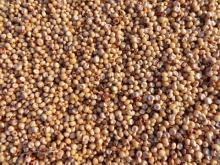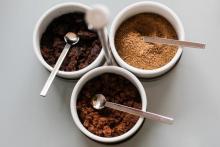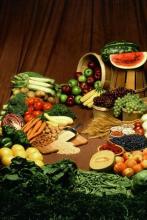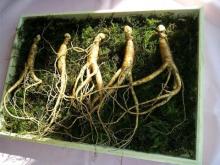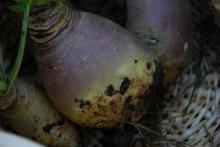Superfood 101: Sorghum!
Sorghum is native to Sub-Saharan Africa and was first harvested in the Nile River basin approximately 7000 years ago. It became a crop in India around 3000 B.C.E. and found its way east by way of the Silk Road. It was brought to Rome from India in approximately 60 C.E., then to Spain and finally Europe in the 12th Century. Benjamin Franklin introduced the plant to North America and it eventually became a major crop.

